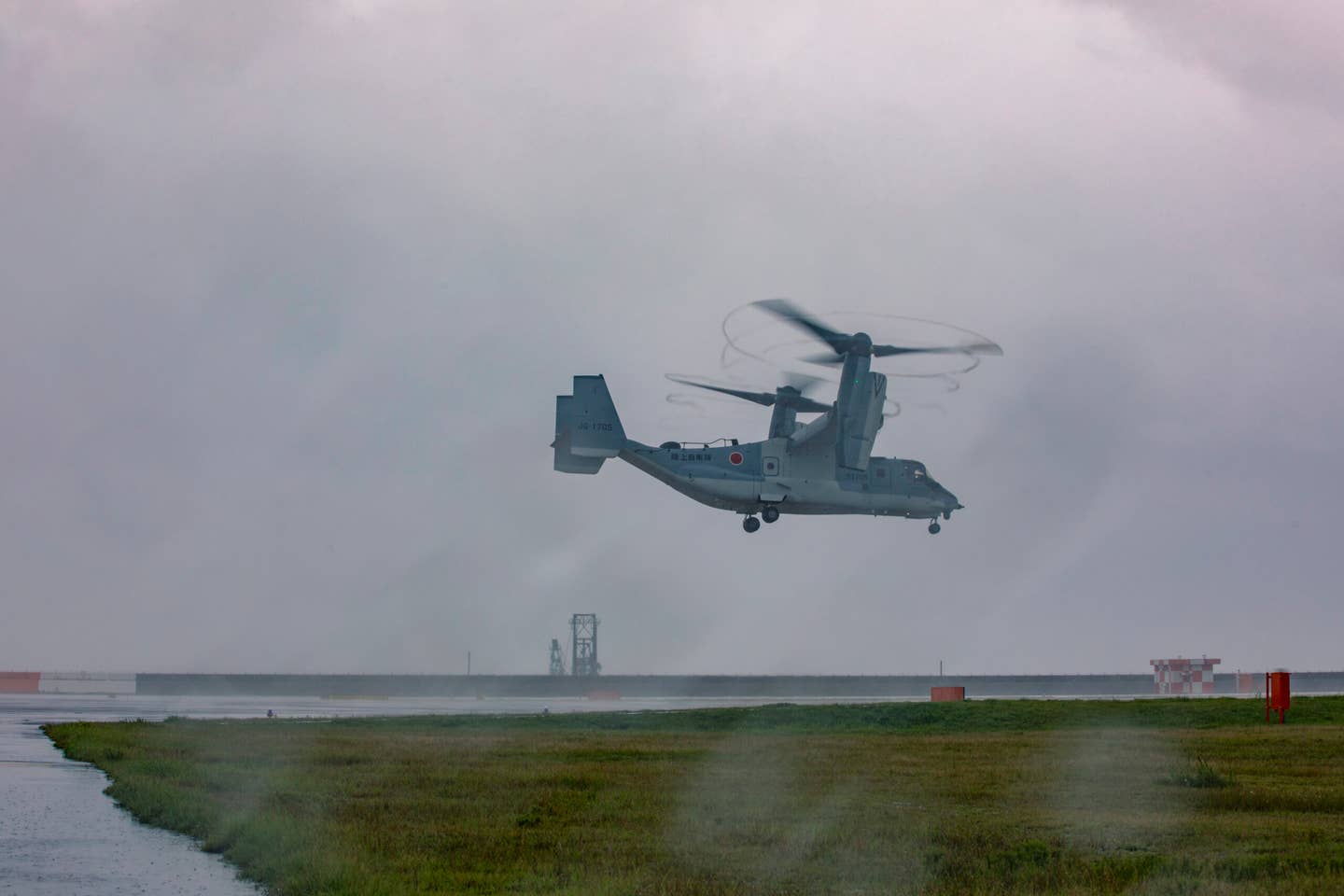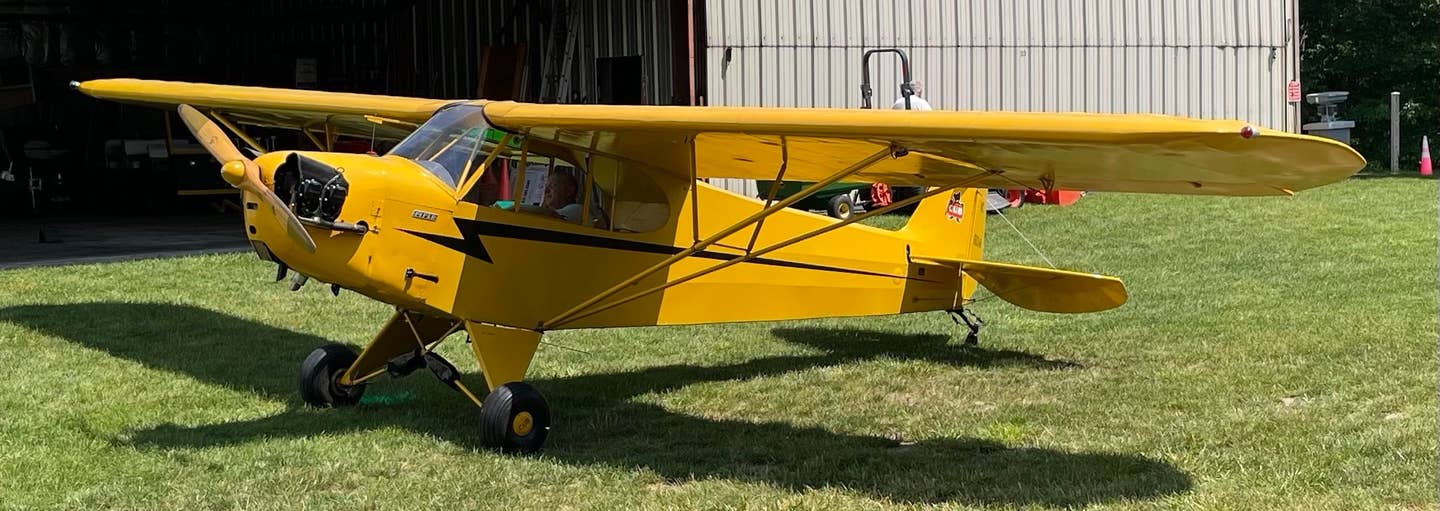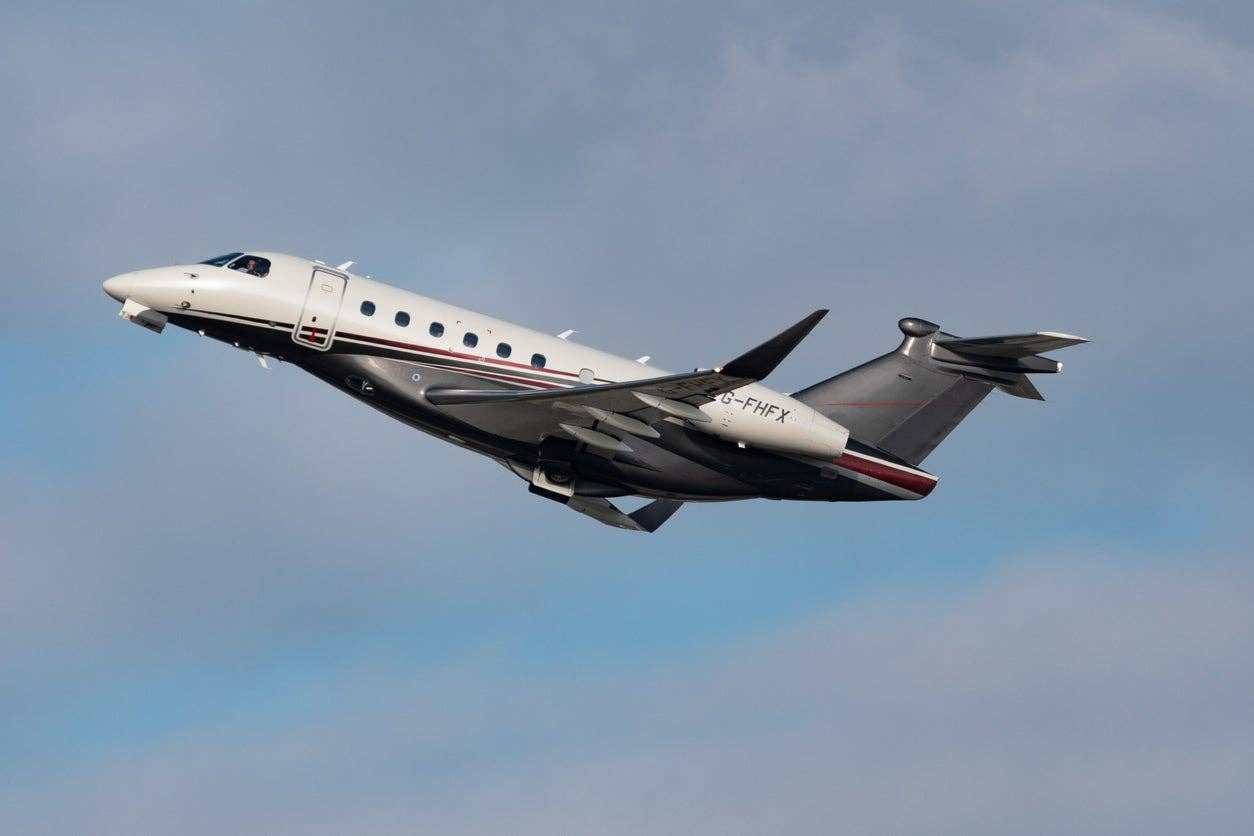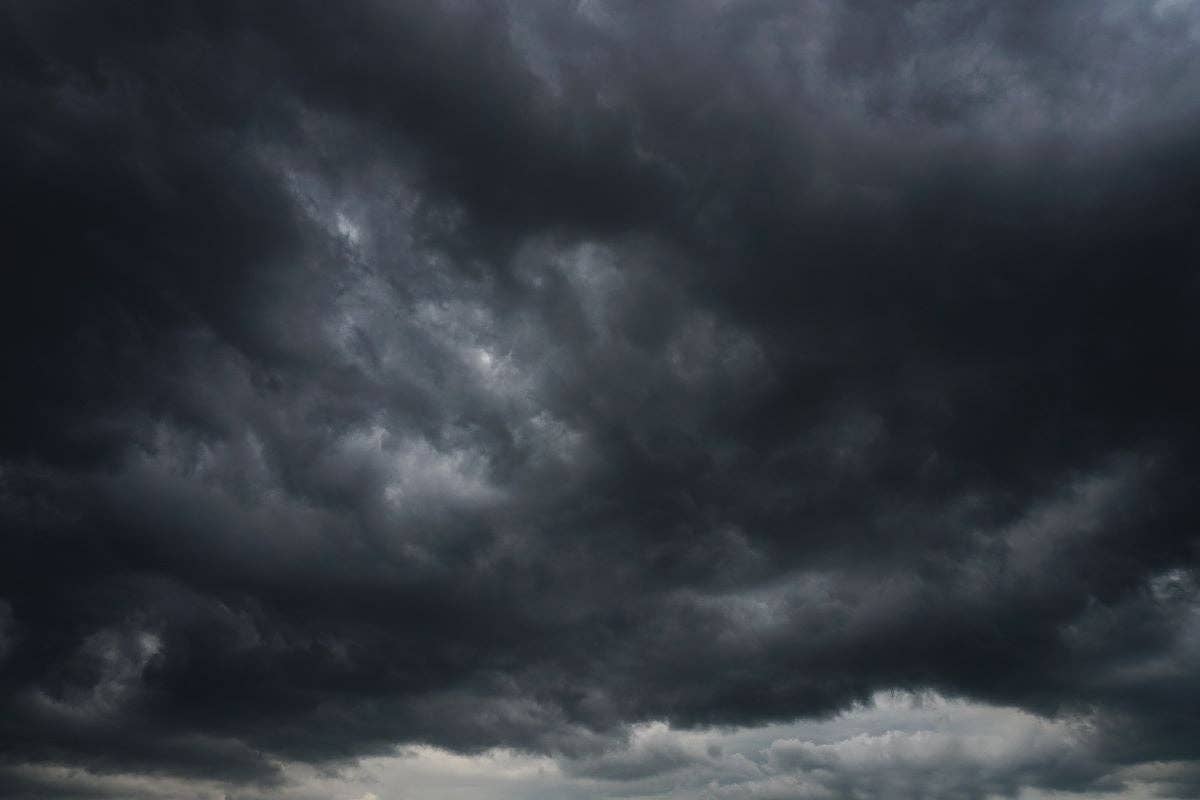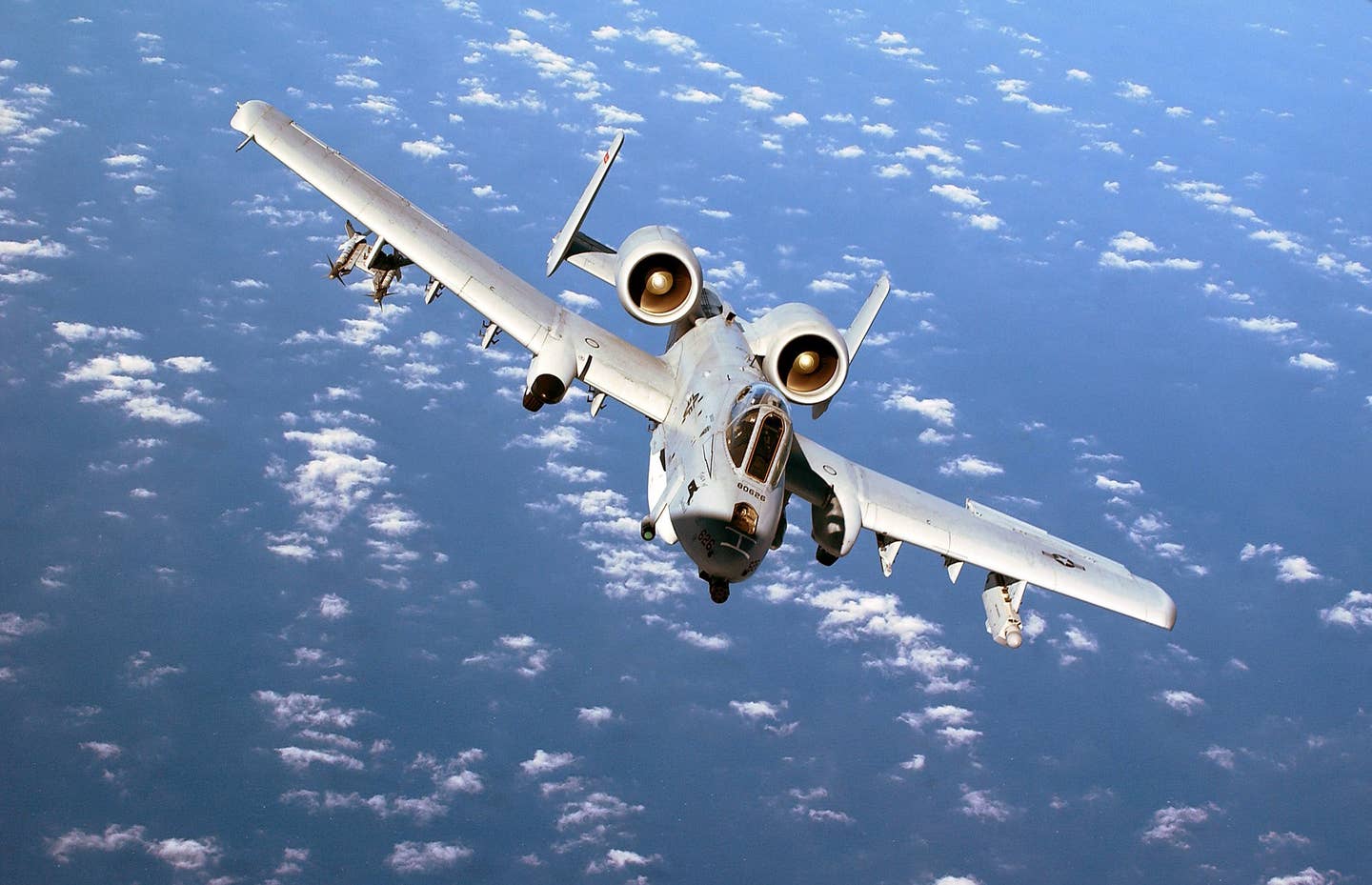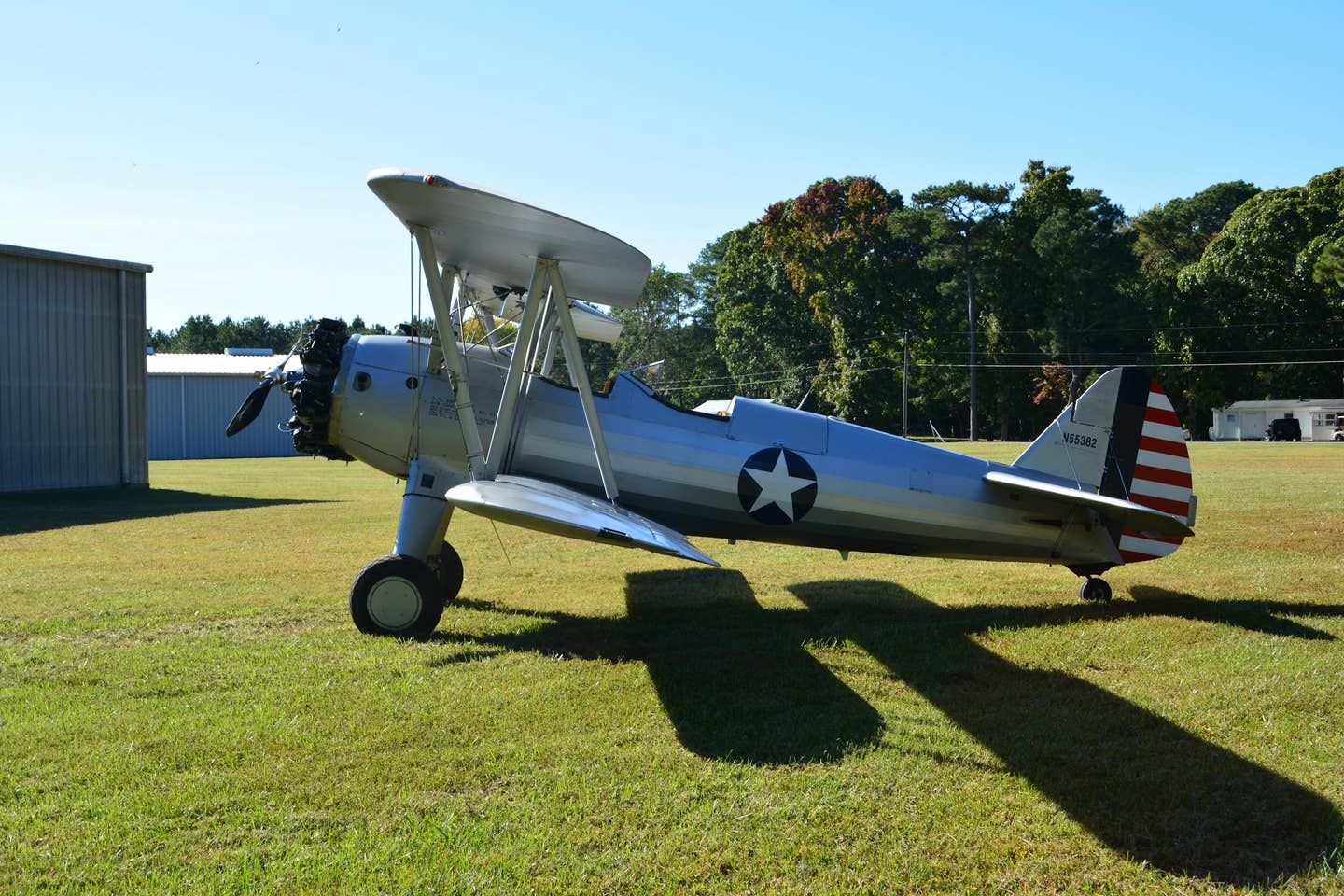
Ruud de Man
A pleasant spring jaunt on a sunny day often leads to meandering down a winding river. It's one of the most scenic trips you can make, and a light airplane makes it so much more thrilling than floating downstream in an inner tube. But before you succumb to the temptation to skim too close to the surface, remember that rivers often have power lines or other near-invisible cables stretched across; sometimes surprisingly high above the water. Be especially aware of this when the banks rise steeply from the riverside, but even when that isn't the case, cables or wires can sneak up on you.
A video on the Helicopter Association International (HAI) website defines the hazard for helicopters, but also fixed-wing aircraft. You can see it here. For fixed wing pilots flying on instrument flight plans in marginal weather, the defined routes will keep you out of danger. But every so often, a pilot will try to become creative with an IFR procedure, for example, flying an instrument approach to one airport and scudrunning on to another nearby field. Though cloud layers may be safely above terrain levels, there could be high towers with support cables in between. They can be lethal.
So keep wires in mind, not only for low-level jaunts, but also for arrivals and departures where you might be tempted to deviate "just a bit" from defined procedures.
And, in general, remember the old airshow pilot adage: "You cannot break the record for low flying. The best you'll ever do is to tie it."
Call to action: If you have any tips of your own you'd like to share, or have any questions about flying technique you'd like answered, send me a note at enewsletter@flyingmagazine.com. We'd love to hear from you.

Sign-up for newsletters & special offers!
Get the latest FLYING stories & special offers delivered directly to your inbox

